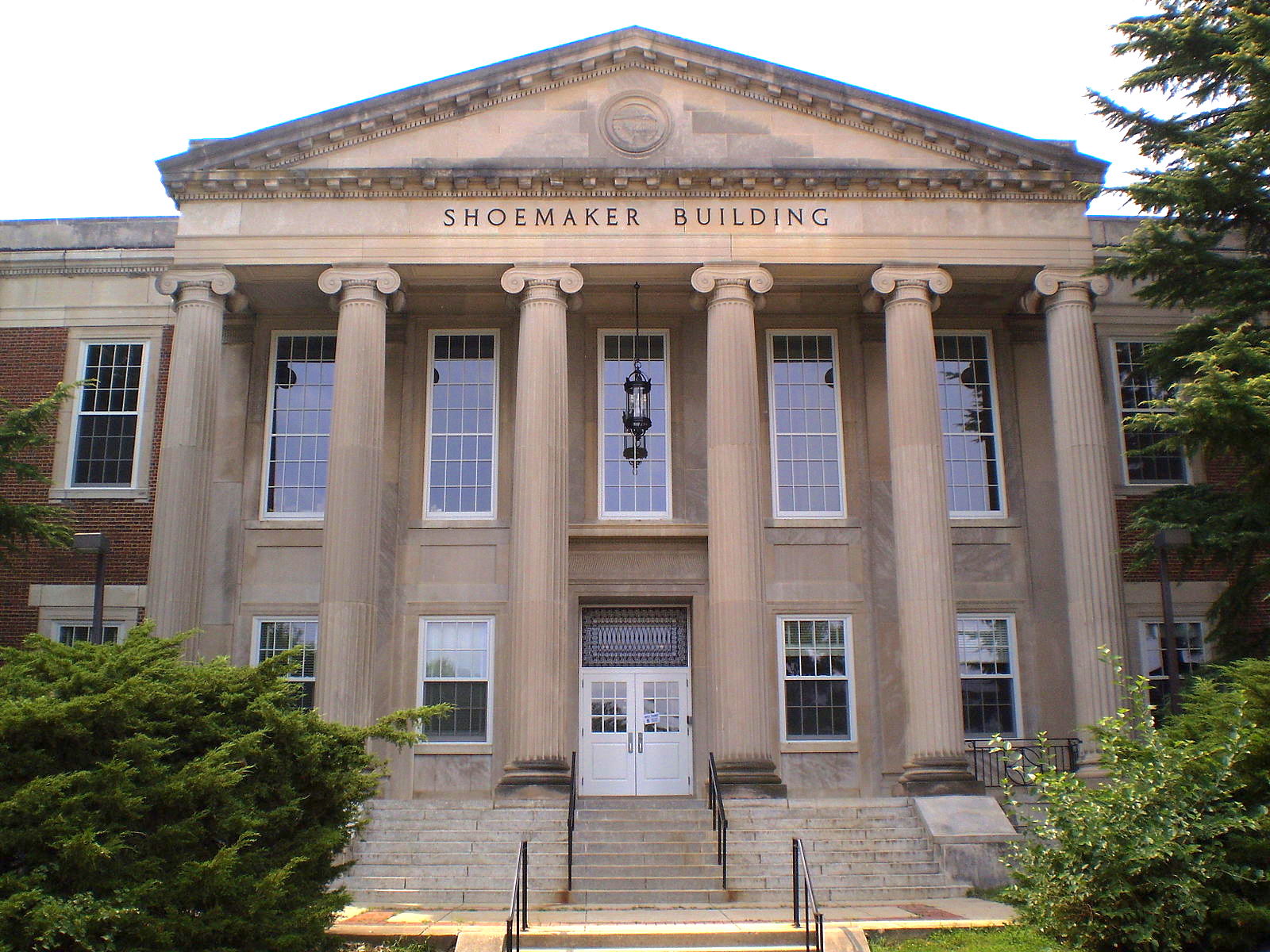
A remarkable moment in civil rights history is said to have taken place in a conference room on the University of Maryland campus in College Park.
The year was 1935, and Thurgood Marshall was working as a civil rights attorney. He later went on to become the first African-American justice to serve on the U.S. Supreme Court.
One of his first big cases involved a black student named Donald Gaines Murray who had been denied admission to the University of Maryland’s law school in Baltimore, which only accepted white students, like most public law schools at the time.
The case was personal for Marshall, who graduated from Howard University School of Law because he had been rejected by the University of Maryland law school for the same reason as Murray several years earlier.
Campus lore has it that on or about March 29, Marshall personally confronted an assistant to the university president, a former football coach named Harry C. “Curly” Byrd, in room 1106A of the Shoemaker Building at the University of Maryland in College Park over its rejection of Murray.
Built in 1931, the building was the main campus library at the time, and room 1106A was the university president’s office.
The college didn’t back down, however, and Marshall went to court.
In a writ filed in Baltimore City Circuit Court, he argued that the denial of admission was “wrong, unlawful and arbitrary” because there were no other public law schools in Maryland — undercutting the “separate but equal” legal doctrine in place at the time. A judge agreed, writing:
The state has undertaken the function of education in the law, but has omitted students of one race from the only adequate provision made for it, and omitted them solely because of their color. If those students are to be offered equal treatment in the performance of the function, they must, at present, be admitted to the one school provided.
The university lost an appeal to the state’s highest court, and the University of Maryland law school was effectively desegregated, 18 years before the Supreme Court’s landmark decision in Brown v. Board of Education.
Murray was admitted, graduated with distinction in 1938 and went to work as a civil rights lawyer in Baltimore, where he handled another milestone case in 1950 involving a black student named Esther McCready, who had been rejected from the University of Maryland’s nursing school.
The story about a confrontation in the conference room still resonates today.
Byrd went on to become the university’s president, where he continued fighting the admission of black students. Because of his record as a segregationist, the university decided to strip his name from its football stadium in 2015.
Marshall went on to play an important role in the civil rights movement to end legal segregation, and room 1106A in the Shoemaker Building on campus, used today as a conference room for the school’s counseling services, is now named for him.



















1 Response to A Story in College Park That Changed Civil Rights